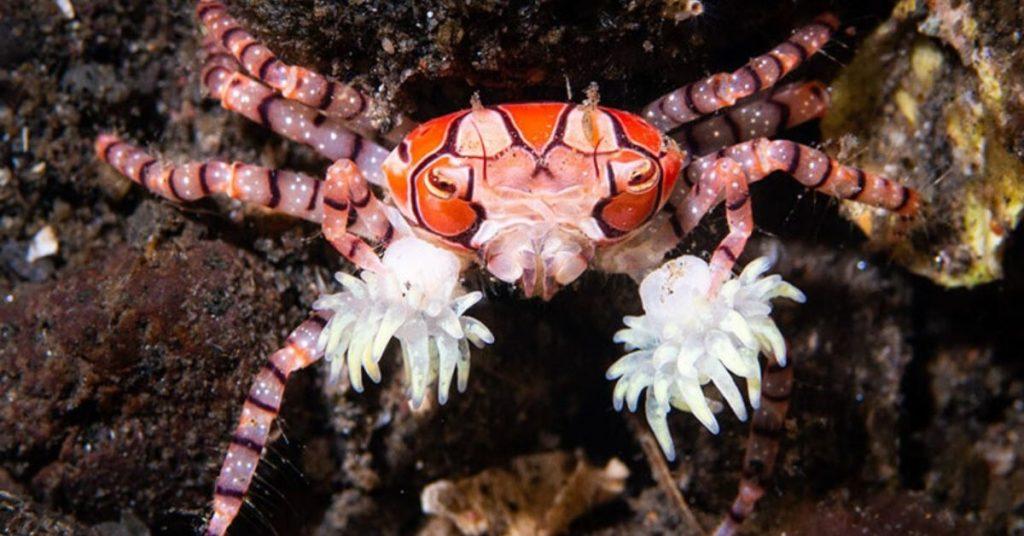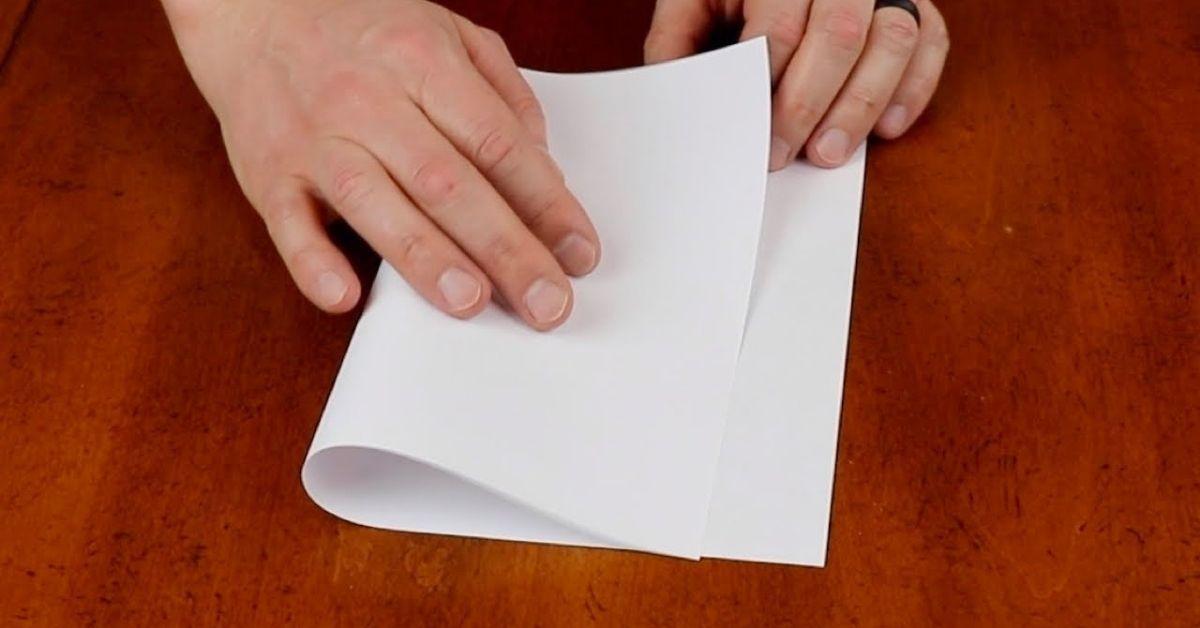
The coral reefs of the Philippines house many eye-catching marine wonders. However, few are as absurd-looking as the boxer crab or pom-pom crab (Lybia tessellata). This tiny crustacean showcases a unique relationship with sea anemones—one that, at first glance, may not appear to benefit both parties involved.
Growing up to 2.5 cm (1 in) wide, boxer crabs live in the warm Indo-Pacific waters, emerging only to feed under the cover of darkness. They possess chelae (pincers) that are simply too small for defending themselves or even gathering food. Instead, L. tessellata (like other crabs of the genus Lybia) carries a sea anemone in each claw, akin to how a person would carry pom-poms or wear boxing gloves. When threatened, the boxer crab may jab at potential predators, hurting or scaring them off with the sea anemone’s cnidocytes (stinging cells). It’s said that the scent of the sea anemones may also ward off predators, providing the crab with a sort of chemical camouflage. The boxer crab also uses its sea anemones like mops, gathering detritus and food particles from the ground (which it later picks out and consumes).
Still remember your 5th-grade science classes? Test your knowledge and see if you still remember these facts and fundamental concepts in human anatomy, biology, botany, and other branches of science. Click here to try the “Are You Smarter Than A Pinoy Fifth-Grader” Challenge.
Follow the hashtag #FlipFacts on Facebook and Instagram to get your daily dose of science trivia!
References
- http://www.tfhmagazine.com/details/articles/a-champion-fighter-the-mosaic-boxer-crab-lybia-tesselata-full-article.htm
- https://www.jungledragon.com/specie/10653/pom-pom-crab.html
- https://www.popsci.com/boxer-crabs-thieving-cloning-anemones/
- https://www.projectnoah.org/spottings/228496016
- Schnytzer Y, Giman Y, Karplus I, Achituv Y. 2017. Boxer crabs induce asexual reproduction of their associated sea anemones by splitting and intraspecific theft. PeerJ 5:e2954 https://doi.org/10.7717/peerj.2954
Author: Mikael Angelo Francisco
Bitten by the science writing bug, Mikael has years of writing and editorial experience under his belt. As the editor-in-chief of FlipScience, Mikael has sworn to help make science more fun and interesting for geeky readers and casual audiences alike.









